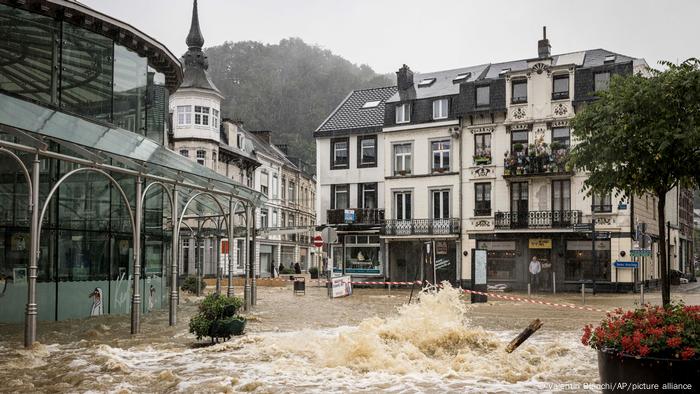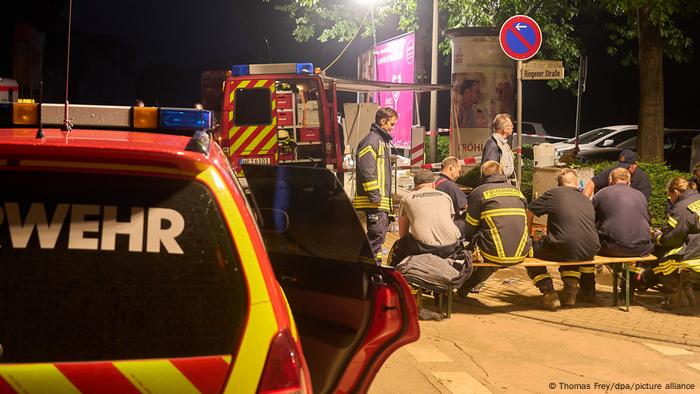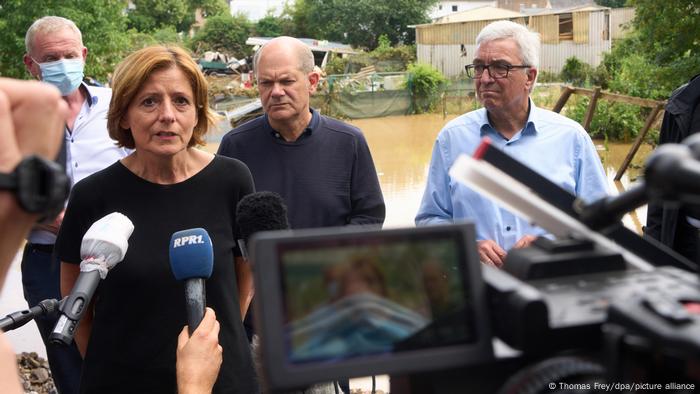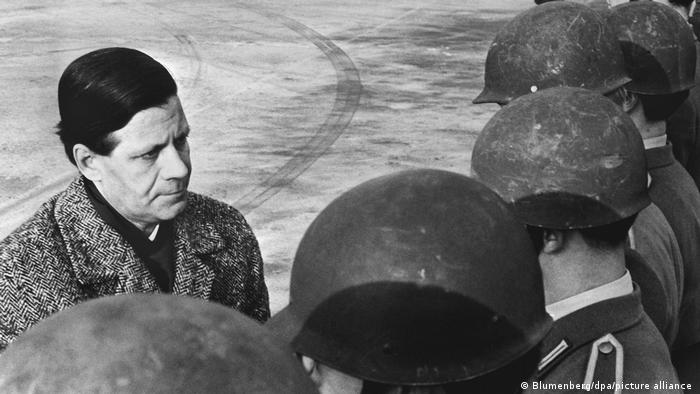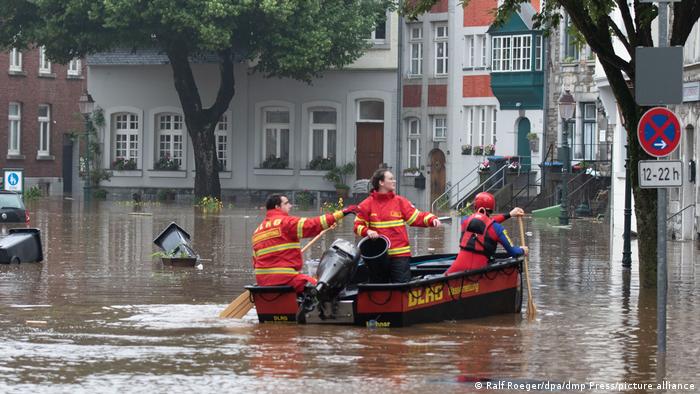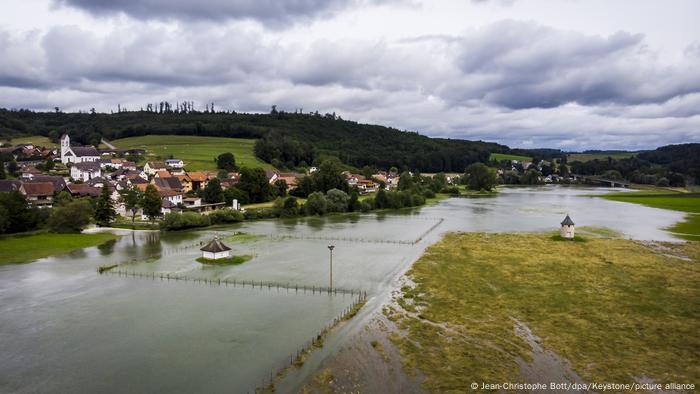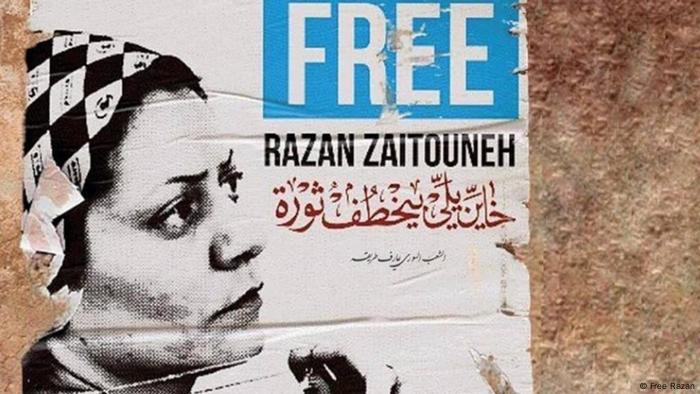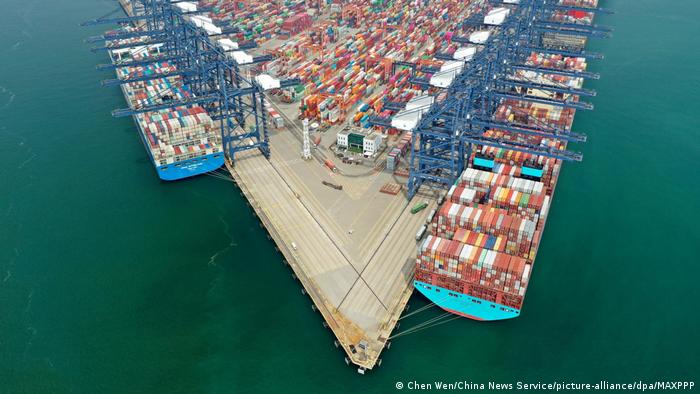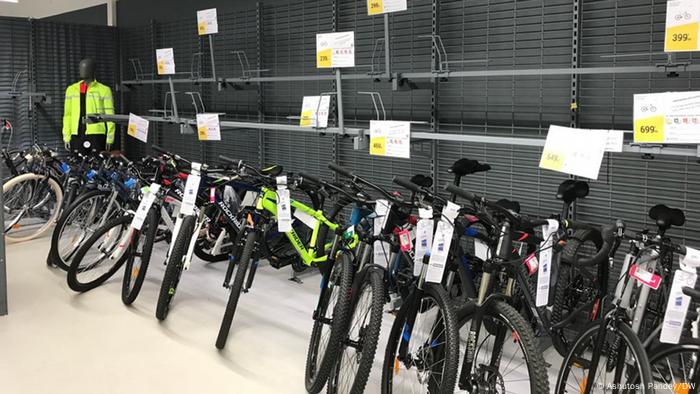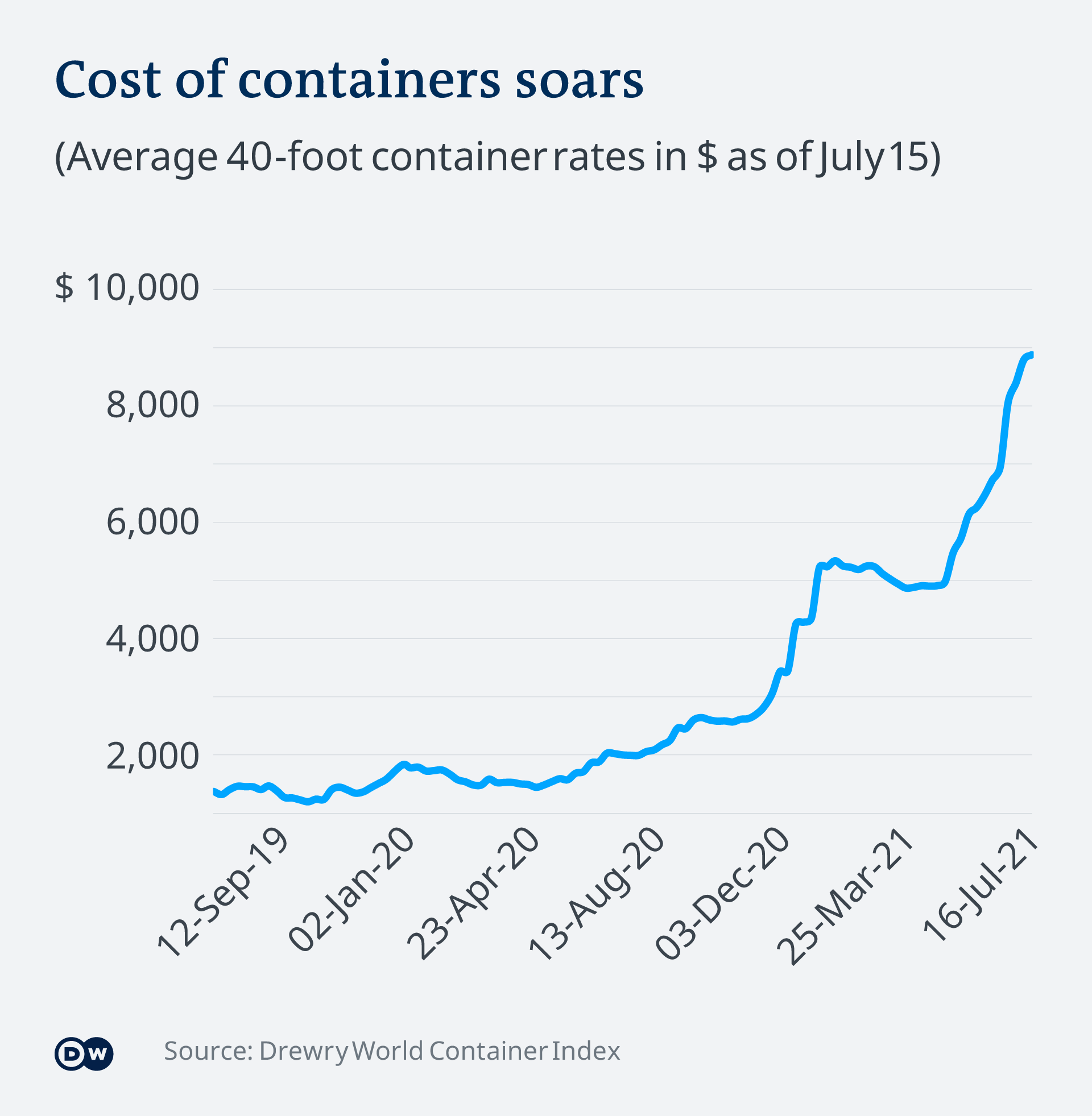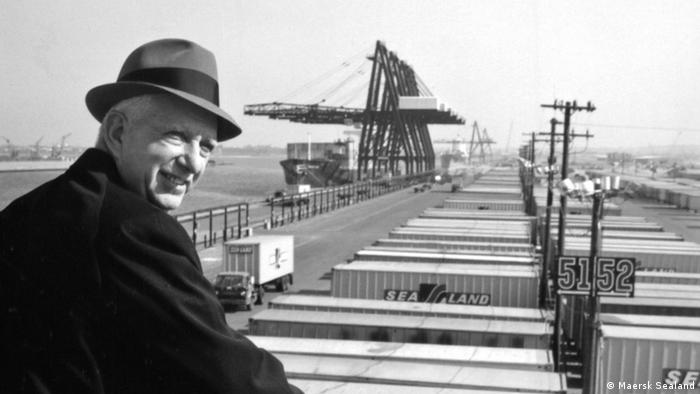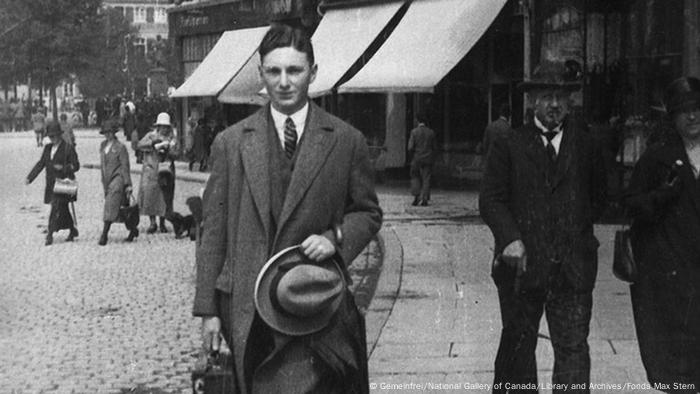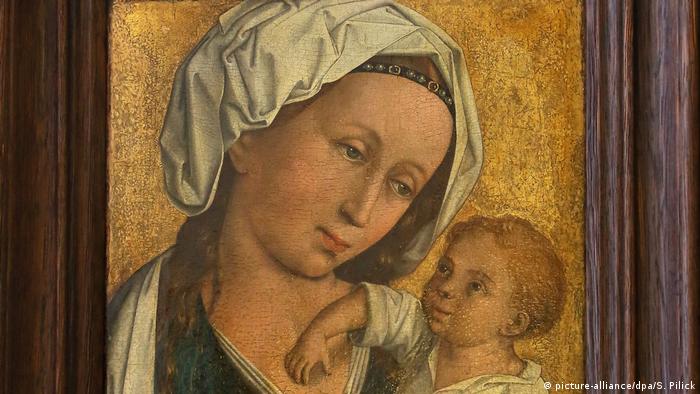Exclusive: How Syria's hard-line rebels turned against a human rights activist
The disappearance of Razan Zaitouneh and her colleagues has been one of the greatest mysteries of the Syrian war — until today. DW's investigative unit hunted clues across six countries to track down the perpetrators.
Syrian human rights lawyer Razan Zaitouneh was forcefully disappeared
By the summer of 2013, documenting human rights abuses had become taboo even in rebel-held territories in Syria. But Razan Zaitouneh was steadfast.
The prominent human rights lawyer had just fled the capital, Damascus, due to the immense pressure placed on her work by the regime — and she wasn't prepared to stop it at the behest of armed men in rebel-held Douma, a small town on the outskirts of the capital.
That tenacity, however, would prove fateful.
Although the leaders of armed opposition groups had widely supported documenting atrocities committed by President Bashar Assad's forces, they viewed efforts to chronicle their own war crimes with open hostility.
Eventually, unknown assailants would kidnap Zaitouneh, her husband and two colleagues.
The number of possible witnesses has diminished in the eight years since. Some are threatened into silence, others have been killed, and even more are subject to routine intimidation. As a result, the abduction has remained one of the greatest unsolved mysteries of the Syrian war — until today.
DW's investigative unit gathered evidence across six countries, spoke with dozens of witnesses with intimate knowledge of the case and tracked down the group most likely responsible for her disappearance.
Because of security concerns and fear of reprisal, DW has decided to keep the identities of its sources anonymous in most cases.
A hostile welcome
Within weeks of arriving in Douma in the spring of 2013, Zaitouneh had requested access to various prisons run by armed opposition groups to investigate claims that detainees were subject to torture.
Her efforts unsettled many in the town. Some even voiced concerns about her loyalty to the Syrian revolution — one of several uprisings against autocratic rule that swept across North Africa and the Middle East in 2011.
It was a critical moment for the human rights defender, who believed that the dignity of all humans was inviolable, and that all abuses demanded documentation and accountability.
"She was one of the first ones in the Syrian opposition to say we're not going to give the armed groups a free pass, even if they are fighting a greater evil," Nadim Houry, director of the Arab Reform Initiative and a friend of Zaitouneh's, tells DW.
One above all: Jaish al-Islam
Douma at the time was not only a battleground for rebels and the regime. It was a town hotly contested by the "Islamic State," al-Qaida-affiliated Nusra Front and other militant forces vying for power.
One group stood head and shoulders above the rest: the ultraconservative Jaish al-Islam, Arabic for Army of Islam. Although the group proved instrumental in smuggling Zaitouneh and her husband into Douma, they eventually took issue with how she was conducting herself there.
"I myself advised Mrs. Razan that writing about the regime is a great ethical matter," Mohammed Alloush, the former political leader of Jaish al-Islam, tells DW.
"But, before writing reports about violations committed by opposition groups, I asked her to talk to them, give them advice and teach them about human rights."
That advice hardly seemed earnest. Zaitouneh was repeatedly denied access to rebel facilities, including those operated by Jaish al-Islam.
When she refused to back down, members of Jaish al-Islam took things a step further. They launched a social media campaign to discredit her, including making her out to be an immoral woman and likening her to a regime spy, according to several rebel and activist sources who were in Douma at the time.
Such allegations posed a major risk to Zaitouneh's safety. But the Violations Documentation Center, an aid organization she helped establish at the onset of the Syrian uprising, would continue to report on atrocities, regardless of the perpetrator.
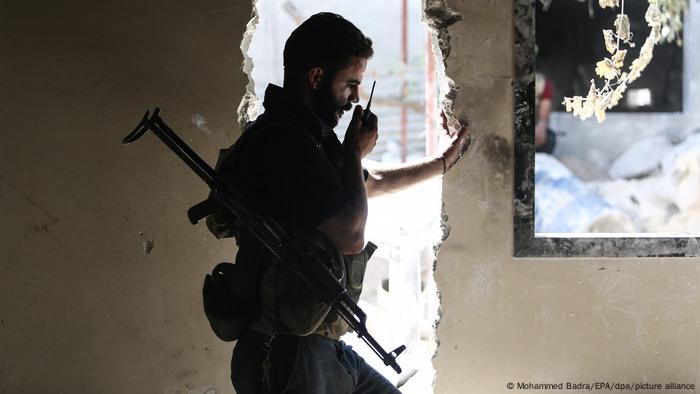
Jaish al-Islam was once considered the strongest armed opposition group fighting Syrian President Bashar Assad's forces. But years of hard fighting, siege and eventual evacuation to northern Syria have significantly weakened the group
'Why don't you kidnap her?'
By September 2013, efforts to stop her human rights work in Douma had become belligerent. That month, she received a threat letter and had shots fired at her door.
DW obtained an audio recording of a man who was ordered by a Jaish al-Islam associate to threaten Zaitouneh's life. He can be heard describing the interaction.
"He told me that this girl is an agent, and that she documents information about the Free Syrian Army (rebel alliance), writing reports to the International Criminal Court in the Hague, which could have us brought to court on charges of war crimes," the man says in the recording.
"I told him if she was an agent and working against the country, why don't you do something? Why don't you kidnap her? Are you afraid of her? He said, 'No, we are not afraid of her, we will bring her down, but for now we want to threaten her.'"
The man in the recording is referring to Hussein al-Shazly, a local security figure who later confessed to receiving direct orders from Jaish al-Islam's religious leader, Samir Kaakeh, according to rebel sources and a former Jaish al-Islam member present during his admission.
The sources told DW that al-Shazly, who maintained friendly ties with Jaish al-Islam, said he had threatened to kill Zaitouneh if she did not leave Douma "within days." Today, al-Shazly resides in the northern Syrian town of al-Baab under the protection of Jaish al-Islam.
Indeed, other groups had also targeted Zaitouneh for her work — but none with the unrelenting effort with which Jaish al-Islam did.
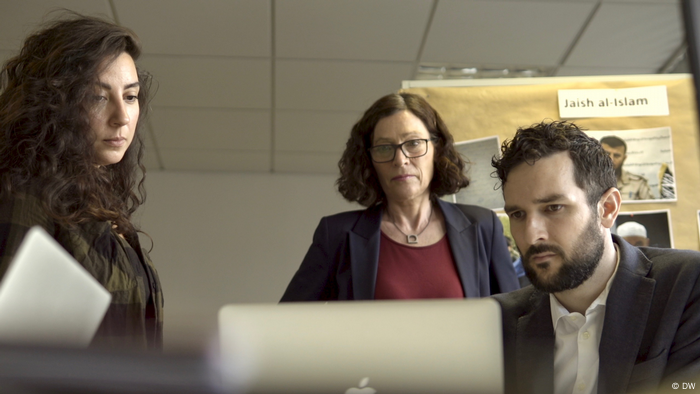
DW's investigative unit probed leads to other armed groups operating in the area, including Nusra Front and Douma Martyrs, but they lacked credible information to link them to the disappearance
Gone without a trace
Around 10 p.m. on December 9, 2013, the kidnappers entered the offices of the Violations Documentation Center, where Zaitouneh lived with her husband, Wael Hammadeh. Two other friends, political activist Samira Khalil and lawyer Nazem Hammadi, were also present.
Hammadi was on a Skype call with his brother when the intruders broke in. He cut the call short in order to deal with the commotion, but one phrase stuck out before the line went dead.
"Enemies of God."
Little more is known about what took place that night. Neighbors reported hearing unknown men shouting. One person claimed to have seen a rebel leader drive off with the activists. Media reports said the assailants were armed.
DW has investigated many of these claims, and few carried any evidentiary weight. One thing is certain: The activists' computers and phones were among the objects taken, along with a handful of files, during the abductions.
But DW was told that more than €25,000 worth of Syrian lira on the table was left untouched.
A digital clue emerges
A few keystrokes provide a further lead: Two months after the abduction, a member of Jaish al-Islam accessed his social media accounts via a computer given to Zaitouneh and Khalil by a US State Department-funded program, according to DW's sources.
One source says he alerted then US Ambassador Robert Ford that the computers had been taken during the abduction. The source added that US authorities were able to geolocate the computer and identify the user who had accessed it. That person's identity is known to DW.
The computer was traced to Jaish al-Islam's security complex in Douma, which houses a notorious prison structure known as Tawbeh — Arabic for "repentance."
A US State Department spokesperson told DW that officials are not aware of Zaitouneh's fate following her abduction.
Others with knowledge of the incident confronted Jaish al-Islam's founder, the now-deceased Zahran Alloush, with the information about the computer, but he denied his group's involvement in the abduction.
However, 24 hours after that confrontation, the social media accounts of the Jaish al-Islam member who accessed the computer were deleted across multiple platforms. Activist sources told DW that the person was never heard from again.
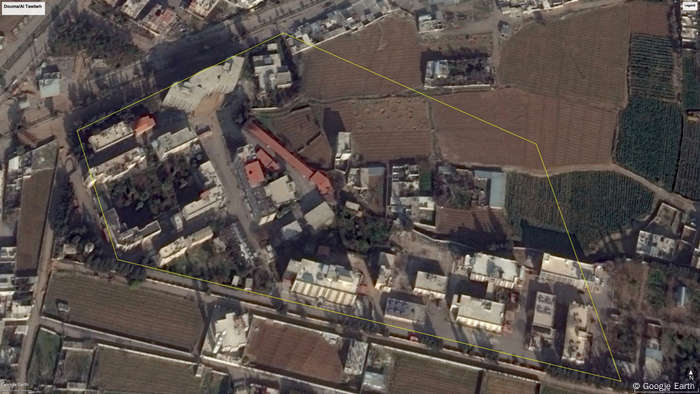
Satellite imagery shows the premises of a state agricultural facility that was repurposed as a security complex and prison for the armed opposition group Jaish al-Islam
All roads lead to prison
Within months of her kidnapping, Zaitouneh was seen at Tawbeh prison by another female detainee, according to audio testimony obtained by DW. The woman pointed Zaitouneh out in a mix of pictures that included images of other people, according to rebel and activist sources who were present.
"We in Tawbeh had heard the name Razan Zaitouneh," the woman said in her testimony to another rebel group. "They once brought her to an interrogation. She refused, so they beat her, and she fainted. They asked us to bring her back into her cell. When she woke up, I saw her green eyes."
Several other witnesses have placed Zaitouneh in Tawbeh prison between 2014 and 2017, according to DW's sources. Because of potential threats to them for sharing information, neither their identities nor further details of how and when they saw her can be revealed.
DW also spoke with former Jaish al-Islam prisoners who confirmed many of the atrocities committed at Tawbeh, including rape, torture and summary executions.
"There's no difference between the prisons of Jaish al-Islam and the prisons of Assad's regime. It's the same torture, the same mistreatment — it's all the same," Rateb Khbieh, a former rebel leader and Tawbeh prison detainee, tells DW.
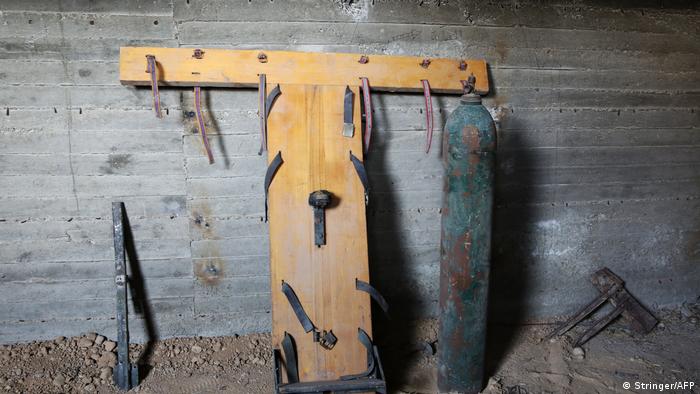
Former Jaish al-Islam prisoners told DW that the group would detain and torture combatants and civilians alike
Perpetrating atrocities
Jaish al-Islam's leadership has consistently denied the group's involvement in Zaitouneh's disappearance. DW confronted the Islamist militia's spokesperson, but he accused the witnesses of providing false testimony.
"I officially deny, and we have previously denied, that Jaish al-Islam has held anyone from Razan's team, neither Razan nor her companions. Absolutely, never, definitively — and I swear to that," spokesman Hamza Bayraqdar tells DW.
Security sources say it is unlikely that the group's late founder and military leader, Zahran Alloush, was aware of the abduction in advance. At the time, he was fighting a strategic battle against Assad's forces to open a supply corridor to Douma. He is believed to have found out only days after.
His deputy, Abu Qusai al-Dirani, oversaw the group's security branch in Douma. Evidence suggests that al-Dirani and the group's religious leader, Samir Kaakeh, conspired together and ordered the abduction without Alloush's knowledge.
DW requested interviews with al-Dirani and Kaakeh. Those requests were denied. Both men remain active in Jaish al-Islam. It is unclear to what extent others in senior leadership are aware of the group's involvement.
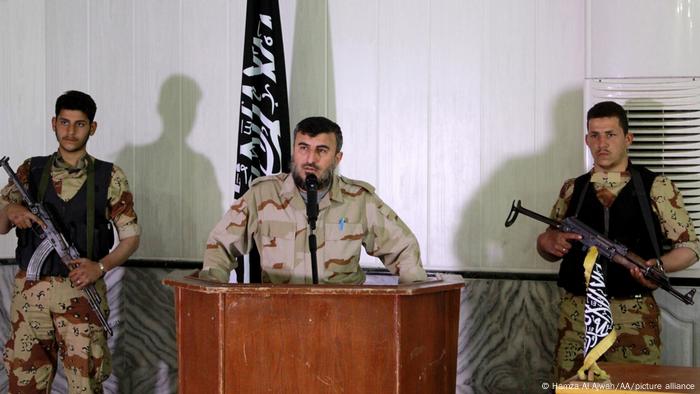
Jaish al-Islam founder Zahran Alloush (center) was likely unaware of the kidnapping when it occurred, security sources told DW
Attempts to release her
After he was informed, Zahran Alloush reportedly grew desperate over what to do with the four abducted activists, according to rebel and activist sources.
Only weeks before a Russian airstrike would kill him in December 2015, Alloush promised friends and families of the victims to settle the question regarding their fate.
"I even offered them to record a videotape, stating that, out of financial or political problems, I ordered the kidnapping of Razan — or whatever they wanted as a guarantee," Mazen Darwish, a human rights lawyer and longtime friend of Zaitouneh's, tells DW about closed-door talks in the Saudi city of Riyadh.
"The negotiator replied: Even if you give us the tape, can you guarantee that Razan won't talk? And I felt that, yes, they have her."
In the aftermath, his cousin and political successor, Mohammed Alloush, refused to adhere to the agreement. By 2016, he would go on to lead the opposition delegation to Syrian cease-fire talks in Astana and Geneva. Today, he owns a multimillion-dollar restaurant in the heart of Istanbul.
In addition to relatives and allies, other parties also attempted to secure Zaitouneh's release, including the US and Russia. In one case, at the behest of Washington, Qatar is believed to have offered Jaish al-Islam's leadership $5 million for the safe return of the four activists.
All further attempts to negotiate a release with Jaish al-Islam have proved unfruitful.
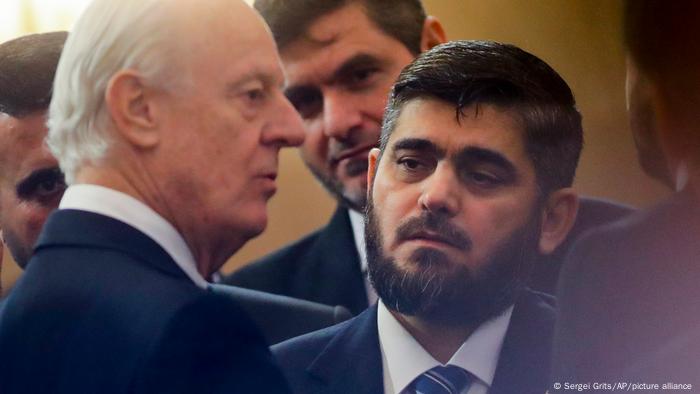
Jaish al-Islam's former political leader, Mohammed Alloush (right), rebuffed a deal to settle the fate of the four activists, according to sources involved in the closed-door talks
Seeking justice
After a decade of war in Syria, there is now new momentum to hold parties accountable for crimes committed. In Europe, several countries have launched criminal investigations into war crimes and crimes against humanity committed in Syria, including Germany.
Although the vast majority of cases concern atrocities perpetrated by the Assad regime and terrorist groups such as the "Islamic State," new efforts are being made to further investigate non-state actors, including armed opposition groups such as Jaish al-Islam.
Last year, French authorities arrested Majdi Mustapha Nameh, better known by his nom de guerre, Islam Alloush, in connection with Zaitouneh's disappearance. Nameh was among the top ranks of Jaish al-Islam, serving as the group's spokesperson for over five years.
In Paris, France's official war crimes unit confirmed to DW that it is investigating Jaish al-Islam but would not offer more details because the probe is ongoing. But French human rights lawyer Clemence Bectarte, who is leading litigation against the group, offered a glimpse into the proceedings.
"It is time to say out loud that the Syrian population has also been victim of other groups who pretended to be fighting for the revolution but who also turned against the population," Bectarte tells DW. "This was what Razan was alerting about, and this is why maybe she died."
Today, Jaish al-Islam continues to operate in Syria, where it has integrated into the Syrian National Army, a loose collective of hard-line rebel groups supported by NATO member Turkey. Its leaders freely cross into Turkey without fear of redress.
It may take months or even years before French judges decide to formally open a court case against Jaish al-Islam — but, when that day comes, it, too, could be another step toward accountability in one of the most brutal conflicts of the 21st century.
DW's Dana Sumlaji and Wafaa Albadry contributed to this report.
